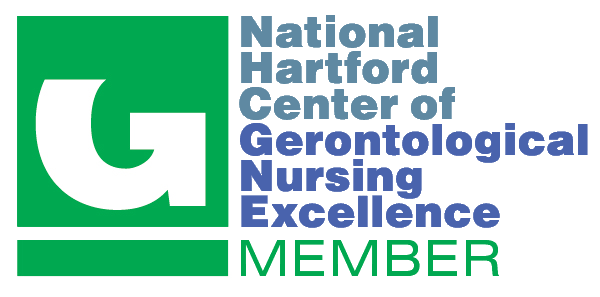Doctor of Nursing Practice Program
Precious Uwaezuoke, DNP, FNP, APRN, CNE

-
Committee Chair Name & Credentials:
Misty Evans, DNP, APRN, CPNP-AC -
Committee Member Name & Credentials:
Angel Anthamatten, DNP, BC-ADM, FNP-BC
DNP Project Abstract
Evaluation of Avascular Necrosis and prescribing patterns of Hydroxyurea for pediatric patients with Sickle Cell Disease
Purpose
Avascular necrosis (AVN) is a complication of sickle cell disease (SCD), contributing to pain and other adverse health outcomes. Hydroxyurea (HU) is an important disease-modifying therapy for AVN and SCD that reduces severity and progression. This project aimed to analyze provider prescribing patterns for HU and adherence to the institutional clinical practice pathway (CPP) for pediatric patients with SCD with or without AVN.
Methods
A retrospective chart review was completed regarding HU for children with SCD with or without radiologic findings of AVN who received care between 2018-2021 (n=50).
Results
Most patients had a AVN diagnosis (72%), with the average age of diagnosis being 12.2 years (SD 3.8). The average age of HU initiation was 7.3 years (SD 4.3). Of these 50 children with SCD, 22 (44%) had achieved maximum tolerated dosing (MTD); however, maintenance of MTD over a 12-month period occurred in only 18 (36%). Hydroxyurea dose was modified during 29 (58%) of 50 encounters, but only 22 (44%) were adjusted according to the institution’s CPP.
Implications for Practice
In accordance with evidence-based recommendations, all of these children with SCD were routinely prescribed HU. However, this project revealed opportunities to optimize HU utilization and dosing, according to evidence-based recommendations. Next steps include exploring strategies to ensure HU doses are appropriately titrated toward MTD when in escalation range. Though this project revealed a lack of optimization of HU, it served as an essential first step in improving quality of care.




